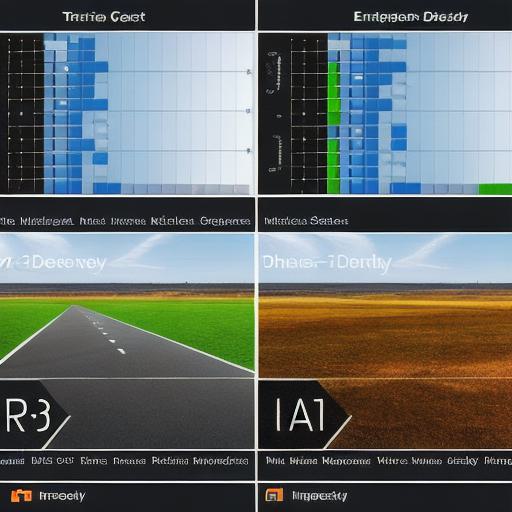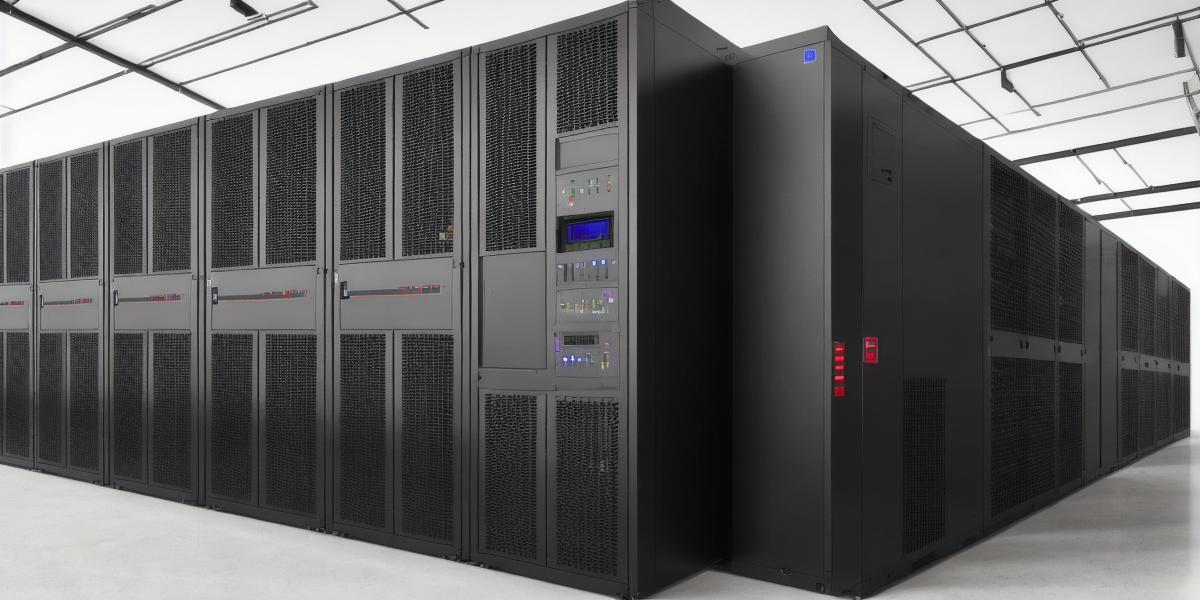When it comes to ensuring high availability and reliability in data centers, redundancy plays a crucial role. Two common methods for achieving this are 2N and N+1 redundancy. Let’s explore the differences between these two strategies.
**Table of Contents:**
-
Definition of 2N
Redundancy
– Description
– Example
– Advantages
– Disadvantages
-
Definition of N+1
Redundancy
– Description
– Example
– Advantages
– Disadvantages
-
Comparison: 2N vs N+1
Redundancy
– Key Differences
– Use Cases
1. 2N
Redundancy
Definition
2N redundancy is a data center design strategy that employs an extra set of components for each active element in the infrastructure. This means that every component, such as power supplies or cooling systems, has two identical counterparts.
Example
Suppose we have 10 servers in our data center, so we would add another 10 servers with identical specifications to achieve a 2N configuration.
Advantages
Maximum availability: With redundant components, there is no single point of failure (SPOF), making the system more resilient against component failures.
Improved reliability: Since every component has a backup, the overall system can continue functioning even when one component fails.
Disadvantages
Higher cost: 2N redundancy requires additional hardware and infrastructure to accommodate the extra components.
Increased complexity: Managing two sets of components adds complexity to the data center design and maintenance processes.
2. N+1
Redundancy

Definition
N+1 redundancy is a strategy that provides an additional standby component for each active component in the infrastructure. In this scenario, there are one more components than required to perform the same function.
Example
Continuing with our servers example, we would add an additional server as a backup to serve if any of the 10 primary servers fail.
Advantages
Reduced cost: N+1 redundancy requires fewer extra components than 2N because only one backup component is needed for each active component.
Simplified maintenance: Having fewer spare components reduces complexity in managing and maintaining the data center infrastructure.
Disadvantages
Slightly lower availability: In case of a failure, there will be a brief delay while the standby component takes over, making the system slightly less available than with 2N redundancy.
3. Comparison: 2N vs N+1
Redundancy
Key Differences
The primary difference between these two strategies lies in the number of additional components provided for redundancy. 2N redundancy offers a complete set of backup components, while N+1 redundancy provides only one backup component per active element.
Use Cases
2N
Redundancy
: Ideal for critical systems that require maximum availability and reliability, such as financial institutions or hospitals.
N+1
Redundancy
: Suitable for less mission-critical applications where a slight reduction in availability is acceptable, such as media streaming services or web hosting providers.

In conclusion, both 2N and N+1 redundancy offer valuable benefits in achieving high availability and reliability in data centers. The choice between the two strategies depends on the specific requirements of your organization, including budget, desired level of availability, and complexity management.
